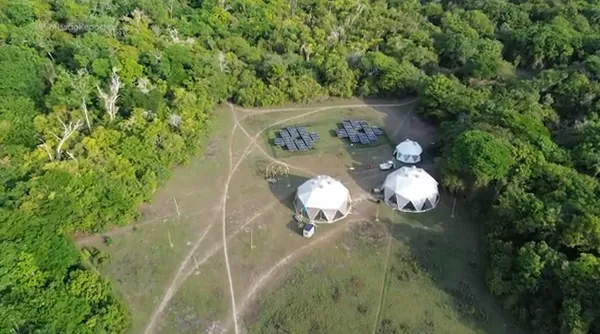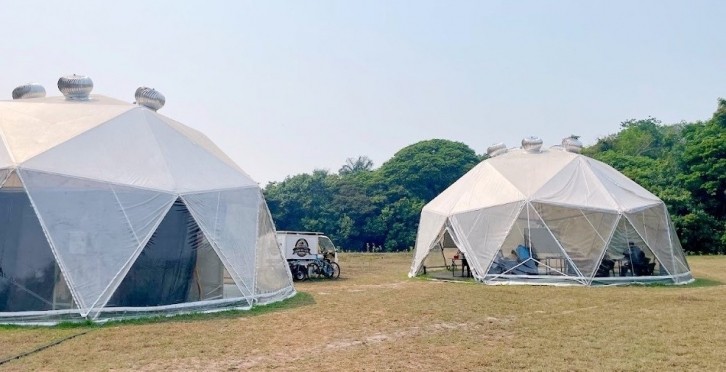In the heart of the Amazon, a groundbreaking initiative is weaving the future of conservation and community development into the fabric of the forest. The Governors’ Climate & Forests Task Force (GCF Task Force), with support from USAID, has supported a transformative project led by Instituto Amazônia 4.0 that integrates the local communities of Pará and Surucuá into the burgeoning bioeconomy through innovative biofactories.
These biofactories, a beacon of hope and innovation, offer a “new way of living” for forest communities, strengthening their key role as stewards of their environment. By harnessing the abundant natural resources, such as cupuaçu and cacao, these facilities not only generate income and provide sustainable livelihoods for riverside communities but also stand as a testament to conservation efforts that can coexist with economic development.
Under the directorship of Carlos Aragon in Brazil, the GCF Task Force has demonstrated that the initial development of a forest-based economy is not just a vision but a present reality. This initiative aligns seamlessly with the announcement for a new forest economy at COP 28, showcasing a model where conservation and economic growth go hand in hand.
The concept of biofactories, powered by solar energy and designed to be mobile, enables the production of high-quality, bean-to-bar chocolates and other products. This approach offers a fundamental alternative to deforestation, presenting a path where the forest’s value is recognized not by its timber but in its biodiversity and the sustainable products it can offer.
The success stories from Surucuá highlight the transformative impact of such initiatives. Community members, once reliant on traditional and often environmentally damaging activities for their livelihoods, are champions of a sustainable economy. They have embraced the training and opportunities provided by the biofactories, learning to produce fine chocolates from local fruits, thereby adding value to what was once considered waste.

Biofactories from above. Photo by G1
This shift towards a sustainable, forest-based economy is crucial. It not only improves the quality of life for local communities but also ensures the preservation of the Amazon for future generations. By fostering an environment where the forest is seen as an ally, the GCF Task Force and its partners are crafting a narrative of hope and resilience.
The stories of individuals like Jhanne Franco, a chocolatier teaching the art of chocolate making, and community members turning cupuaçu seeds into luxurious chocolates, are inspiring. They reflect a broader movement towards environmental stewardship, community empowerment, and economic innovation.
As we look to the future, bioeconomy presents a clear path in a cloud of smog. It can serve as a blueprint for sustainable development across the Amazon and beyond. It demonstrates how combining traditional knowledge with modern technology and sustainable practices can unlock the true potential of forest communities. This initiative is not just about chocolate; it’s about creating a sustainable world where forests thrive, communities prosper, and the planet benefits.
In embracing this new forest economy, the GCF Task Force, with the support of USAID and the dedication of local communities and leaders, is setting the stage for a greener, more equitable world. This project is a beacon of innovation and hope, proving that with the right approach, conservation and development can go hand in hand, paving the way for a sustainable future for all.
Note: this is a compilation of media coverage and institutional reports. For further information make sure to check the news stories in Portuguese, English, and the work and vision of the Institute Amazon 4.0.

